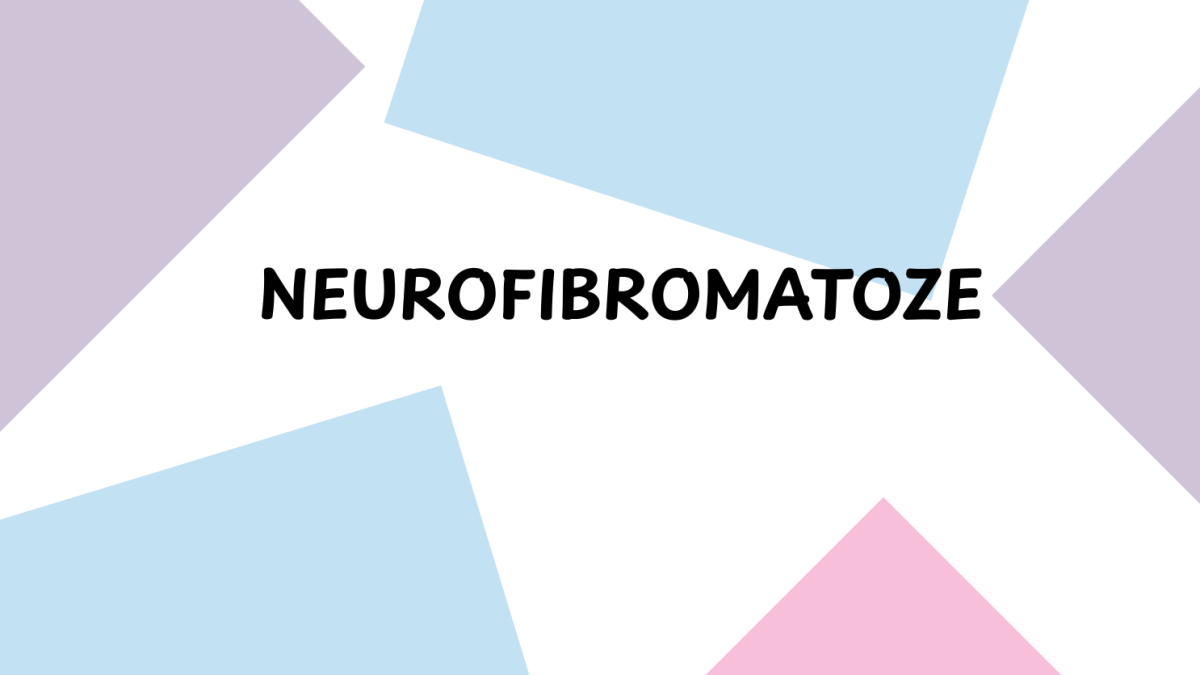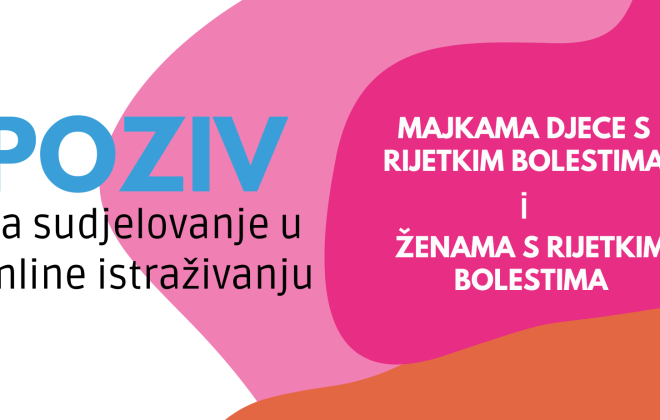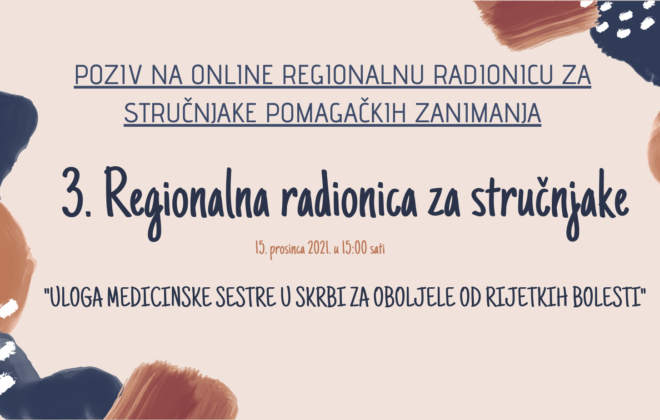World Neurofibromatosis Awareness Day
This day is dedicated to raising awareness, providing support to those affected, and encouraging research for a better understanding and treatment of NF.
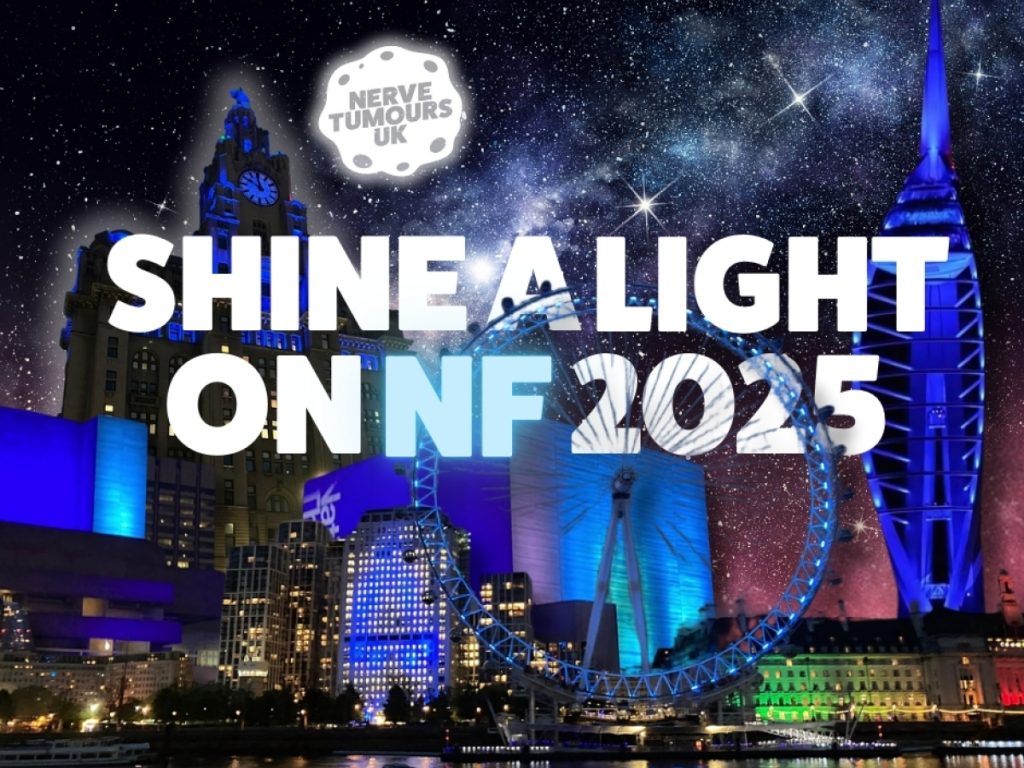
Neurofibromatoses are a group of rare, autosomal dominant hereditary disorders that cause the development of tumors in the nervous system, and can also affect the skin, eyes, bones, and other organs. Although most tumors are non-cancerous (benign), some can undergo malignant transformation and become cancerous. There are three main types of neurofibromatosis, each associated with a different genetic cause, distinct signs and symptoms, and a unique disease course.
Neurofibromatosis type 1 (NF1), also known as von Recklinghausen’s disease, is the most common form and occurs in about 1 in 3,000 newborns. It results from a mutation in a tumor suppressor gene on chromosome 17, which encodes the protein neurofibromin—crucial for regulating cell growth. Key features of the disease include the development of numerous cutaneous and subcutaneous neurofibromas—soft, stalk-like growths of varying size and number. Another hallmark is the presence of café-au-lait spots, light brown skin patches that often appear in the underarm or groin regions. A third feature is the presence of Lisch nodules—pigmented spots on the iris of the eye, found in about 90% of patients. Additional signs may include skeletal abnormalities such as scoliosis or bone deformities. Learning difficulties, attention disorders, and speech issues can also occur. The first signs of the disease usually appear in early childhood.
Neurofibromatosis type 2 (NF2) is less common than NF1, occurring in about 1 in 25,000 people. It is caused by a mutation in a gene on chromosome 22 that encodes the protein merlin, which plays a role in regulating the activity of various growth factors. The disease is characterized by bilateral vestibular schwannomas (also known as acoustic neuromas)—tumors on the balance and hearing nerves. These tumors can lead to hearing loss, tinnitus (ringing in the ears), loss of balance, and dizziness. NF2 may also cause brain and spinal cord tumors, as well as cataracts, which can develop at a young age.
The third type, and the rarest (affecting about 1 in 40,000 people), is called schwannomatosis. It causes schwannomas—benign tumors derived from Schwann cells—but does not involve the auditory nerve, unlike NF2. The most common symptoms include chronic pain, numbness, and weakness, which can significantly impact quality of life.
The diagnosis of neurofibromatosis is based on clinical presentation, family history, neurological examination, and imaging methods such as MRI of the brain and spine. In suspected NF1, the presence of six or more café-au-lait spots and characteristic tumors is often sufficient for diagnosis. For NF2 and schwannomatosis, genetic testing is recommended, especially when the clinical picture is unclear.
Treatment is mostly symptomatic and requires a multidisciplinary approach. It includes regular monitoring, surgical removal of tumors when they cause problems (such as nerve compression, malignant transformation, hearing loss, reduced mobility, or psychosocial concerns), physical therapy, psychological support, and the use of chemotherapy and radiotherapy if the tumors become cancerous. In some cases, targeted therapies, such as mTOR inhibitors, may be used for specific tumor types. Patient education and monitoring for complications are key to ensuring long-term quality of life.
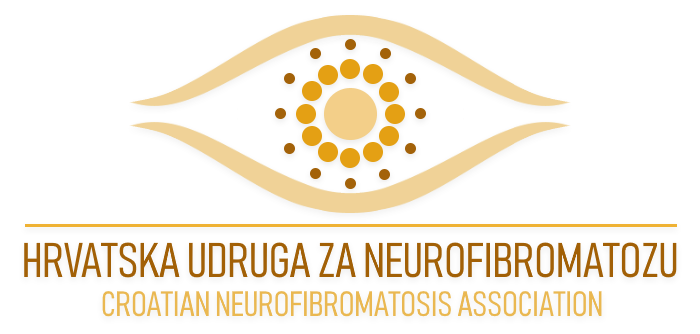
The Neurofibromatosis Association of Croatia is an organization established with the aim of providing support to individuals living with neurofibromatosis. The association operates throughout Croatia and is engaged in raising public awareness, connecting patients and their families, and advocating for improved access to diagnosis and treatment. Through educational activities, counseling, and collaboration with medical professionals, the association strives to enhance the quality of life for those affected and to increase awareness of the challenges that neurofibromatosis brings.
Hrvatska udruga za neurofibromatozu – HUN
Croatian Neurofibromatosis Association
Dr. Sabol Pediatric Clinic
IV Cvjetno naselje 21
10000 Zagreb
Croatia
Tel. +385 099 2737 805
Web: https://hun.hr/
Email: nfhrvatska@gmail.com
Official Facebook Page:
https://www.facebook.com/nfhrvatska/
Closed Facebook group for association members:
https://www.facebook.com/groups/1655817584630783/
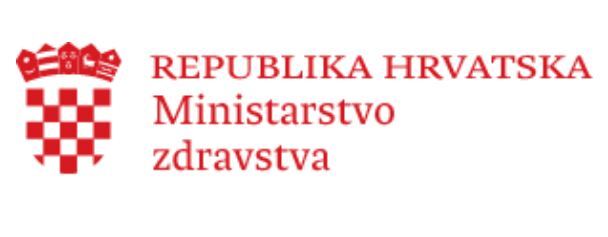
This content was created with the financial support of the Ministry of Health. The content of this document is the sole responsibility of the Croatian Alliance for Rare Diseases and under no circumstances can it be considered as reflecting the views of the Ministry of Health.
